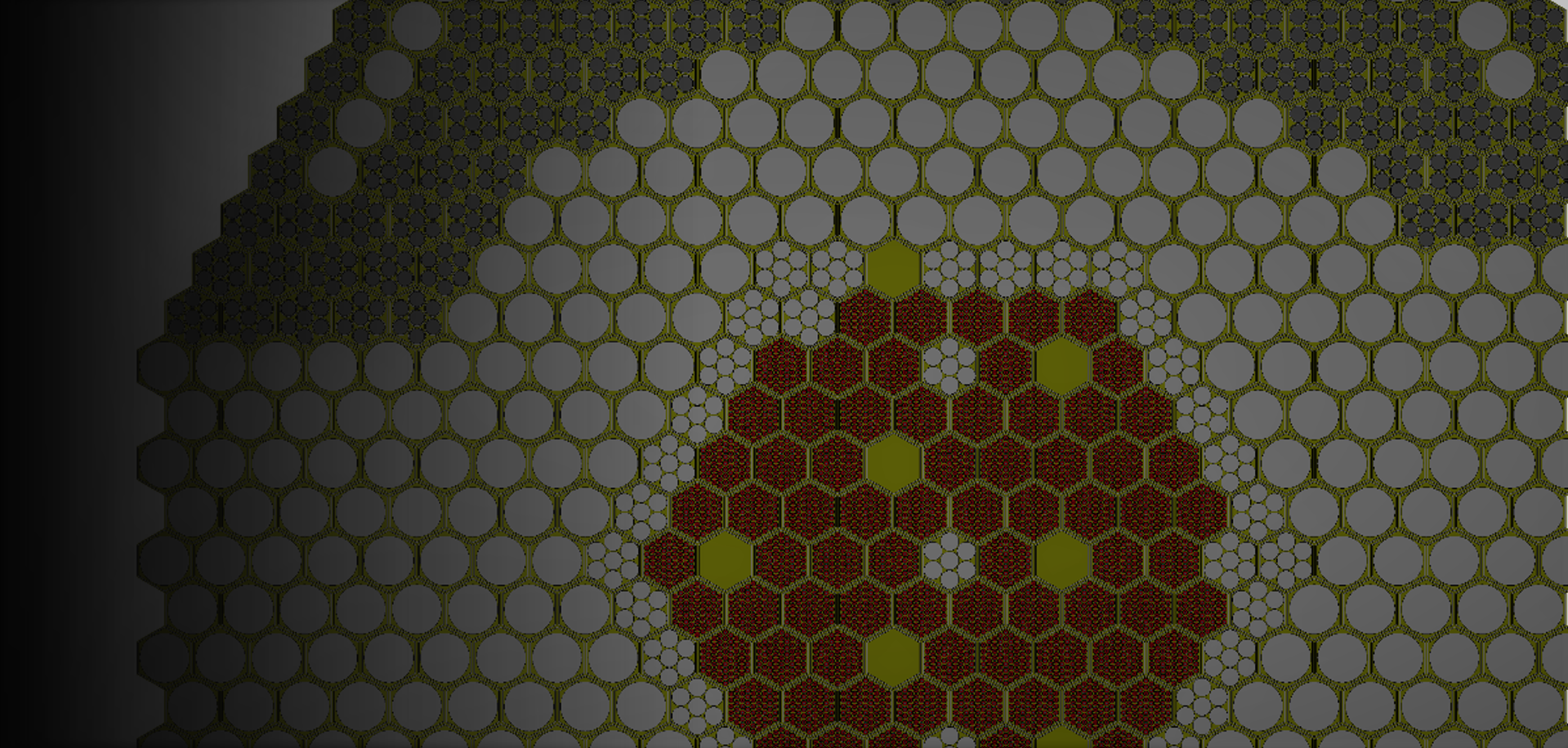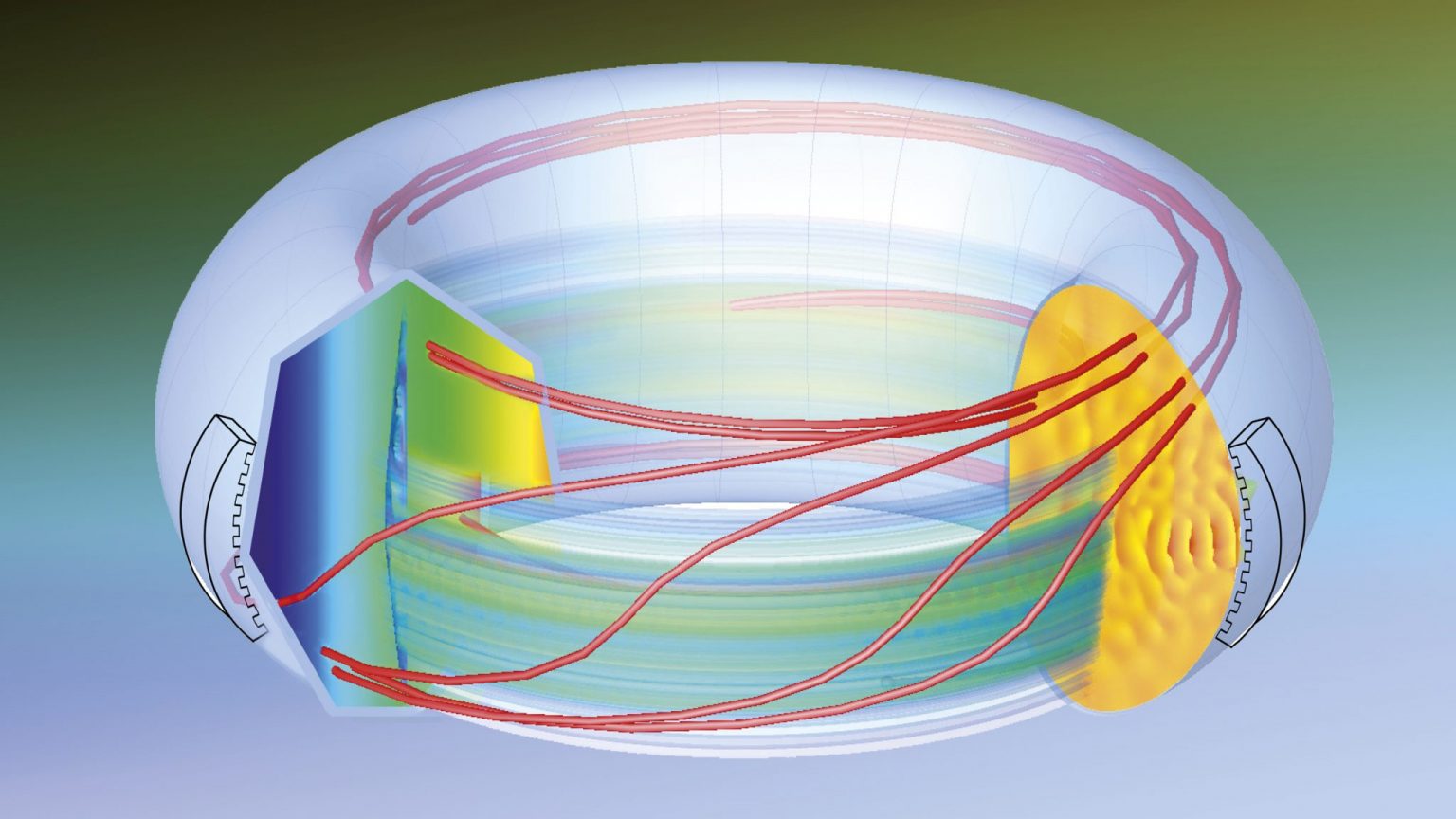
Multi-physics modelling and simulation of nuclear reactors using OpenFOAM
Nuclear Technology & Applications
Webinars
NO Certificate
ENGLISH
OpenFOAM is a well-known open-source toolbox for industrial-level CFD computations, but also a library for the finite-volume discretization and parallel solution of partial differential equations. Thi...

Atomistic Modelling of Radiation Damage in Nuclear Systems
Nuclear Technology & Applications
Self-directed
NO Certificate
ENGLISH
The atomistic modelling of radiation damage in nuclear material involves simulating the smallest constituent parts of reactor materials and their interactions with energetic neutrons and, in the case ...

Computational Nuclear Science and Engineering
Nuclear Technology & Applications
Webinars
NO Certificate
ENGLISH
Through an interdisciplinary programme of lectures, this course provides students, young researchers, and young professionals with critical skills and tools in areas such as mathematical techniques fo...
3 of 3
